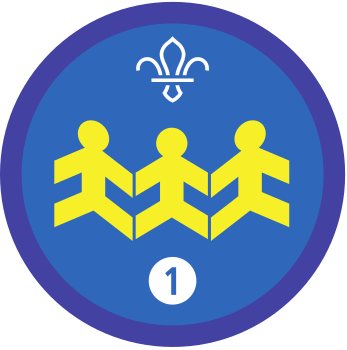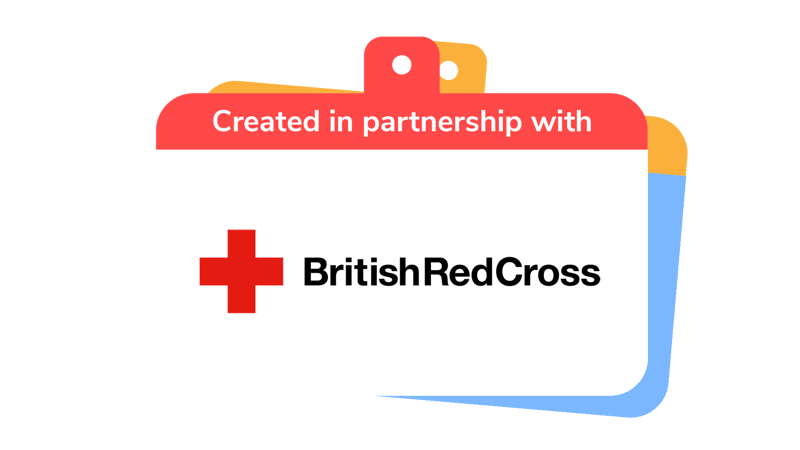
Share the kindness on social media
You’ll need
- Device with access to the internet
Before you begin
- Remind yourself of everything people have done to champion kindness. If you have quotes and facts, or photos and videos of them taking action, bring them to show everyone. You could ask people to bring their own photos and resources too.
- Social media platforms have a minimum age to have an account: it’s usually 13. It’s probably best to use an account managed by your section or group.
- Make sure you have permission for photos of young people to be put online.
Plan the campaign
- Everyone should work together to decide which social media platform (or platforms) they’ll use to promote their project and encourage others to take action. They should think about what kind of content they’d need to create for each platform.
- If they can, everyone should have a look at examples of social media posts from different organisations. What stands out? What do people think is most effective?
If you know you won’t have internet access, you could screenshot or print some examples of posts or ask people to take a look between sessions if they can.
- Everyone should split into small groups.
- Each group should plan what they’d like to include in their social media campaign. Would they like to use an image or a video, for example?
Images should capture people’s attention – it’s best to use photos of your project or kindness pledges. Videos shouldn’t be longer than 30 seconds. Make them landscape for Facebook and Twitter and portrait for Instagram.
- Each group should decide what they’d like to ask people to do as a result of their campaign, for example, visiting a lonely person in their community, making a kindness pledge.
- Everyone should work with someone old enough to create their social media campaign and encourage others to like and share. They should keep an eye on the campaign and respond kindly to comments.

This activity helps contribute towards some of the UN's Sustainable Development Goals. Find out more about the SDGs, and how Scouts across the world are getting involved.
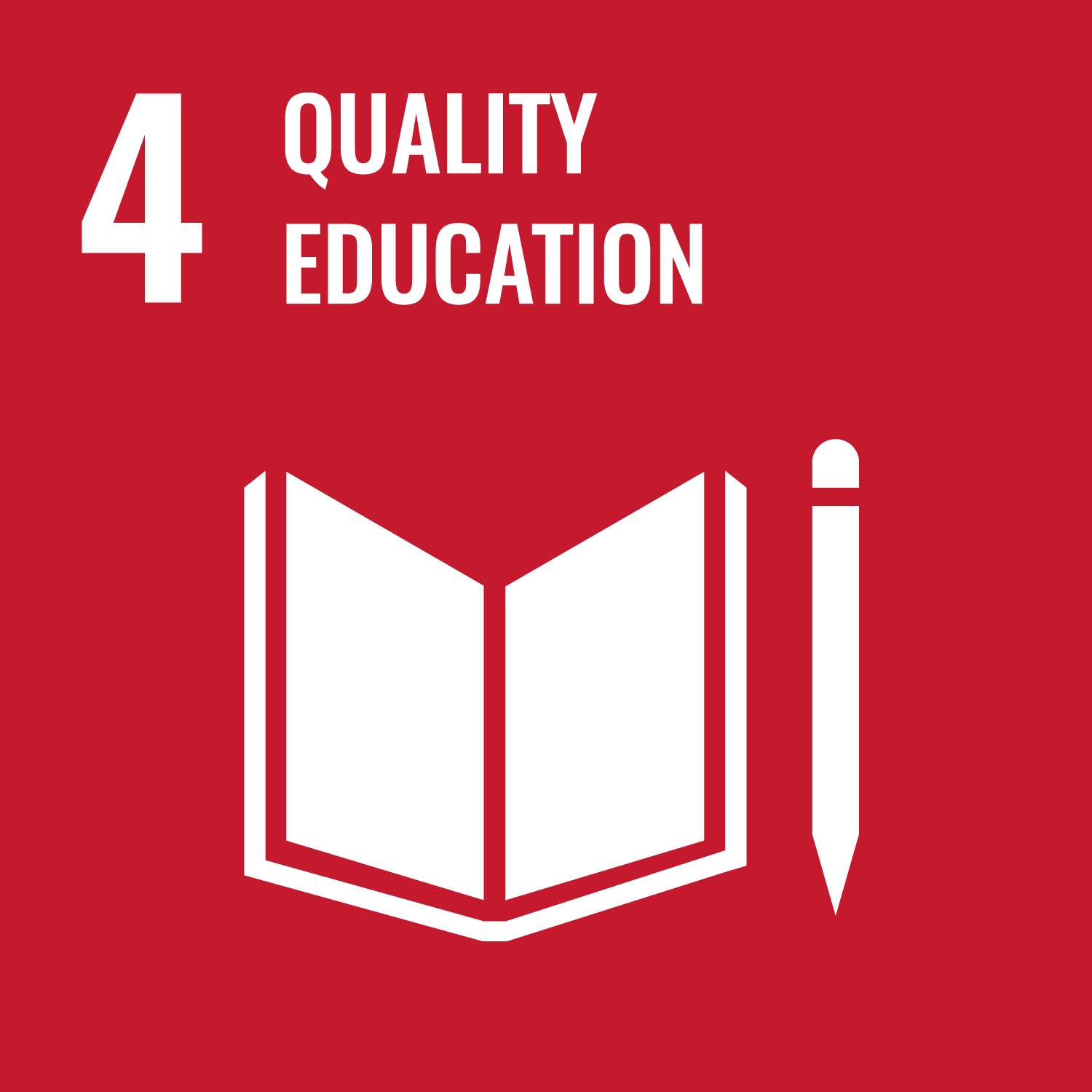
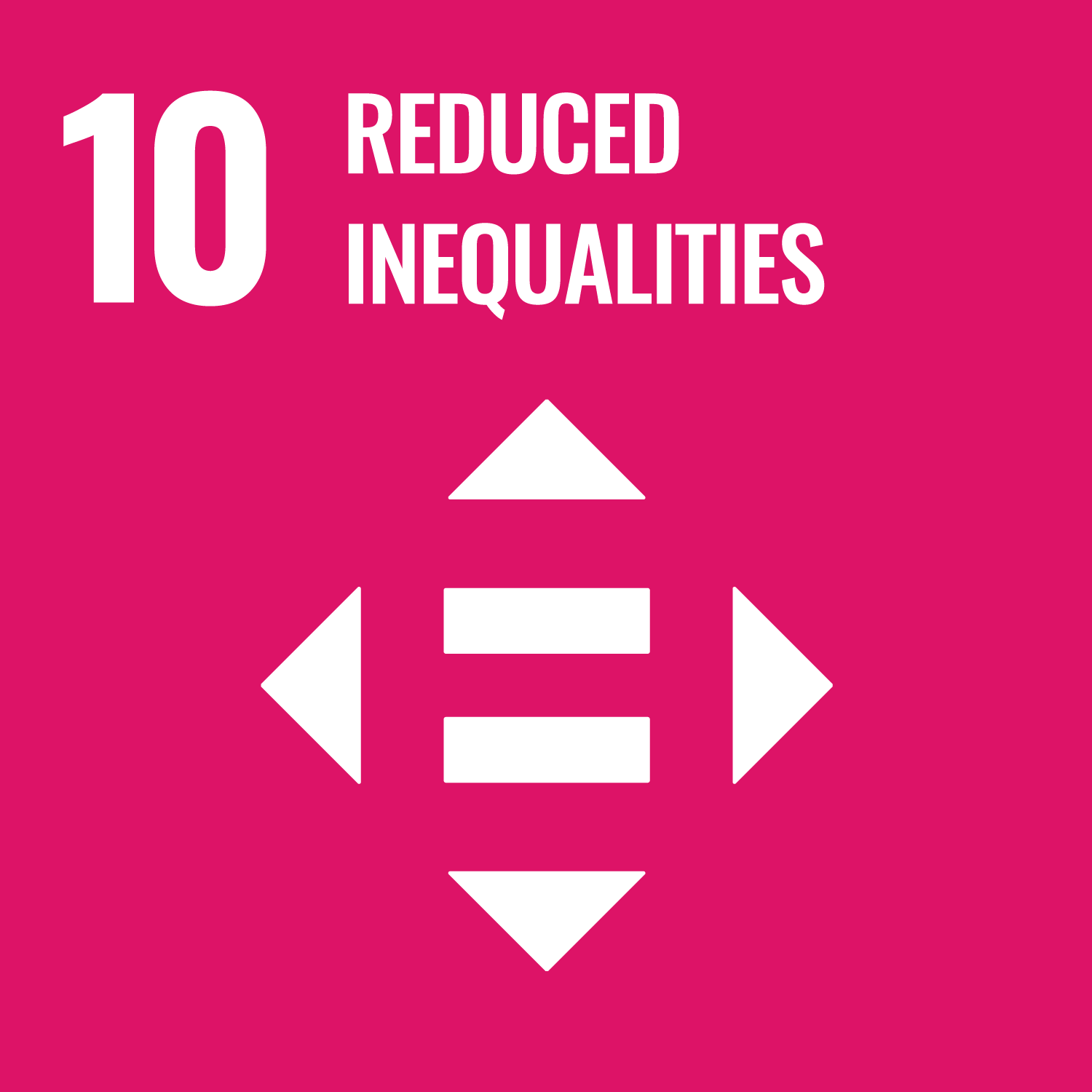
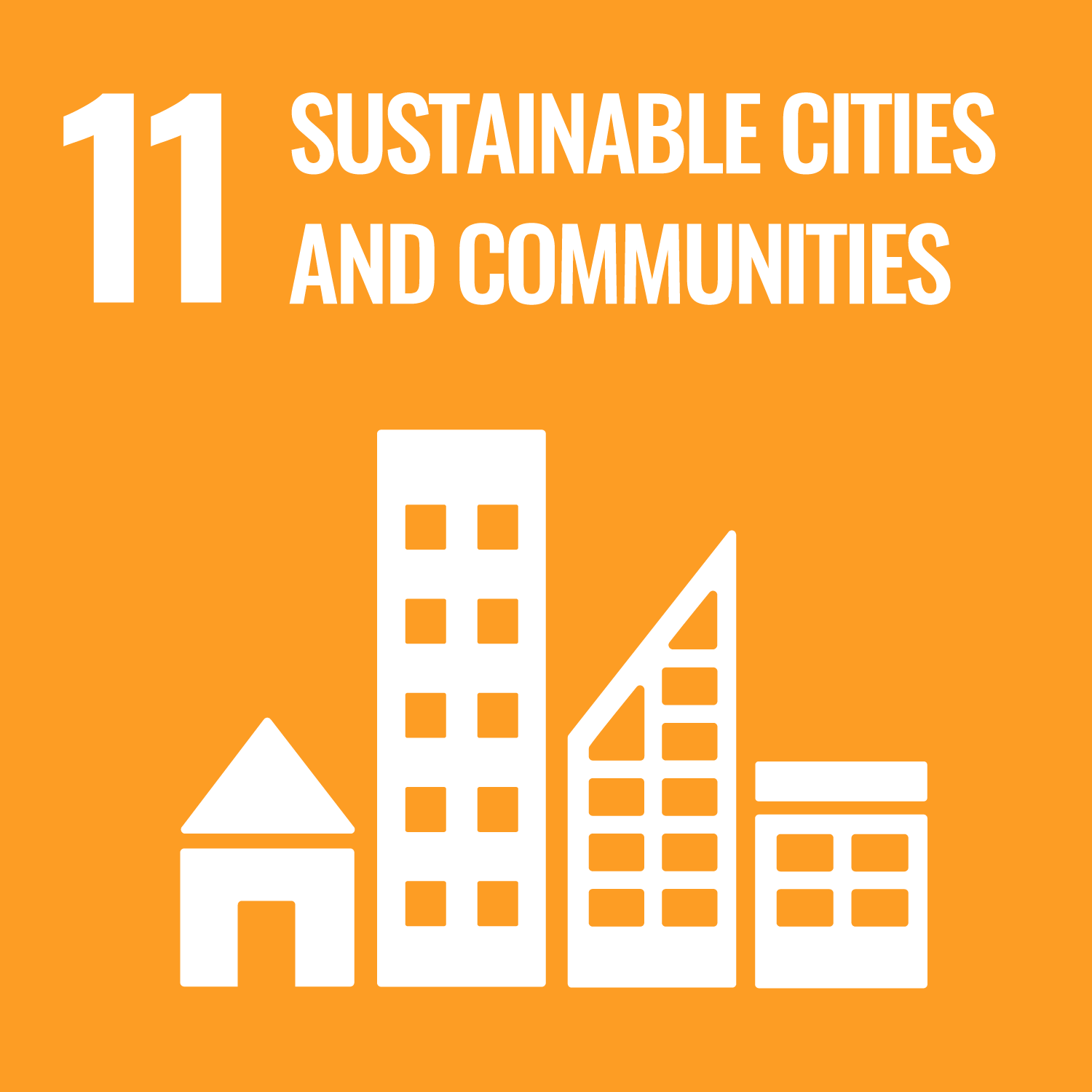
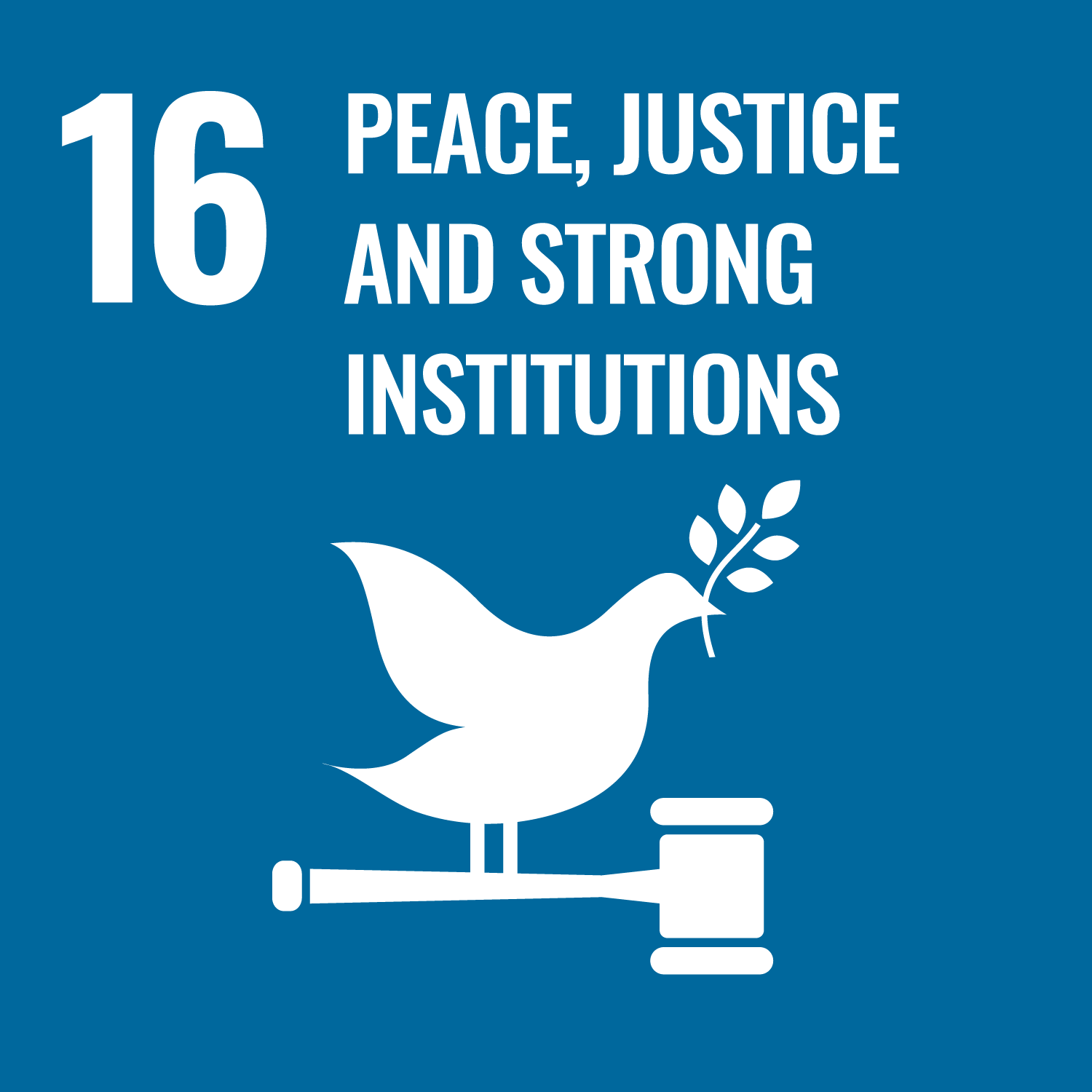
Reflection
This activity was all about being a citizen and helping your community. How do different people use social media? How can organisations use social media to spread important messages? People could think about how being informed is important for citizenship.
In this activity, people helped others understand their project and the difference it made. Can anyone sum up the key message of their project? What action would they like people who see their posts to take? Was it easy to communicate these things?
Safety
All activities must be safely managed. You must complete a thorough risk assessment and take appropriate steps to reduce risk. Use the safety checklist to help you plan and risk assess your activity. Always get approval for the activity, and have suitable supervision and an InTouch process.
- Online safety
Supervise young people when they’re online and give them advice about staying safe. Take a look at our online safety or bullying guidance. The NSPCC offers more advice and guidance, too. If you want to know more about specific social networks and games, Childnet has information and safety tips for apps. You can also report anything that’s worried you online to the Child Exploitation and Online Protection Command. As always, if you’ve got concerns about a young person’s welfare, including their online experiences, follow the Yellow Card to make a report.
- Phones and cameras
Make sure parents and carers are aware and have given consent for photography.
It’s up to the young people how much of a challenge they set themselves. Some people might aim for a professional-looking video and a big campaign, while others might spend their time working on fewer carefully-crafted posts.
This is a great opportunity for people to work together and share their skills. Not everyone will be a star writer – but there are plenty of opportunities for the artists and creative thinkers to do their thing.
Remember that different people will have different levels of experience with social media. You may want to start off with an activity to introduce people to the different social media platforms, for example.
All Scout activities should be inclusive and accessible.
You don’t have to stop at one social media channel. You could post on others too.
Discover more at https://www.redcross.org.uk/
